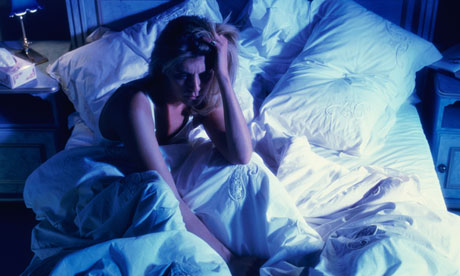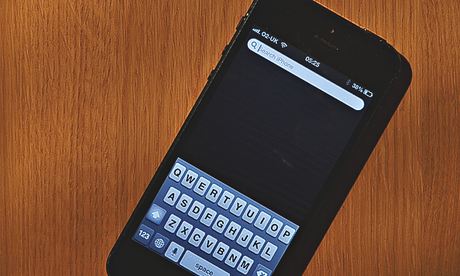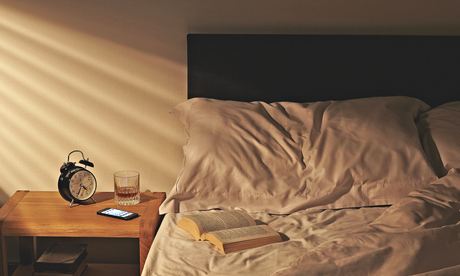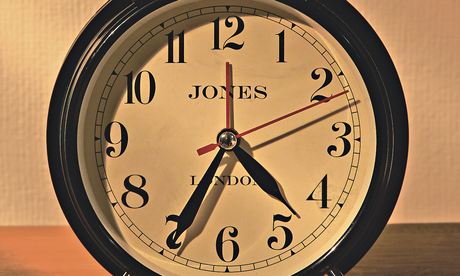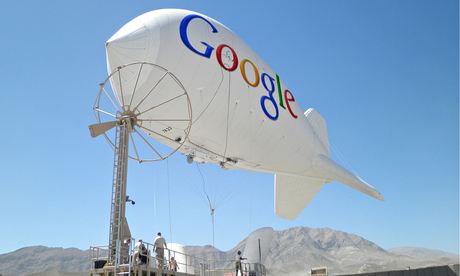Spending money on experiences, rather than items, increases happiness
Saturday, April 19, 2014 by: Julie Wilson
Tags: money, life experiences, happiness
(NaturalNews) The glitz and glam of Hollywood as portrayed in Western culture unforgivingly showcases a standard of living that most Americans will never achieve. These unrealistic lifestyles projected onto the public mainly through television feature material objects like gorgeous condos, fancy cars, designer clothes and... money, and the importance of having it.
While this illusion is being projected onto the public through TV shows like The Real Housewives of New York City, or Keeping up with the Kardashians, CNS News reported data collected by the U.S. Census Bureau showing that approximately 86 million private sector workers are supporting over 150 million Americans who are receiving some type of government benefit.
Clearly, there is a disconnect between reality and the influences presented by unrealistic societal norms.
It's no wonder that a recent study conducted by San Francisco State University found that people are more inclined to spend money on material items rather than personal experiences in which memories are created. Even more interestingly, people are aware that creating memories outweighs material purchases in the satisfaction department; however, they still choose material items.
"People actually do know, and accurately predict, that life experiences will make them happier," said Ryan Howell, co-author of the study and associate professor of psychology at SF State.
"What they really underestimate is how much monetary value they will get out of a life experience. Even though they're told experiences will make them happier and they know experiences will make them happier, they still perceive material items as being a better value."
Television, movies, social media and celebrities are all vehicles for advertisement. These advertisers have one objective, and it's a financial one. Instead of portraying quality time spent with family, expensive material objects are viewed as sexy and a must-have, even if it means going into debt to obtain it.
Howell suggests that material items give people a sense of satisfaction simply because they're tangible and usually have a set price. Memories, however, are much more difficult to measure with money. "We naturally associate economic value with stuff. I bought this car, it's worth $8,000," said Howell.
"We have a hard time estimating the economic value we would place on our memories."
The study included surveyed individuals both before and after they made a purchase. "Prior to the purchase, respondents said they believed a life experience would make them happier but a material item would be a better use of their money," reported Science Daily. "After the purchase, however, respondents reported that life experiences not only made them happier but were also the better value."
"There were just huge underestimates in how much value people expected to get from their purchase," Howell said. "It's almost like people feel they will get no economic value from their life experiences and therefore they feel this tension in spending money on them."
During an additional experiment, subjects were asked to prioritize value "when making a purchase gravitated toward material items, while those asked to prioritize happiness chose experiences."
Of course, happiness means something different to everyone, but it's an emotion or feeling that should be felt by all, and how you achieve it should come from within and not what you see on TV.
One of the biggest influences of happiness is your exposure to the great outdoors. A study conducted in the UK by the American Chemical Society found that those who spent more time in nature were far happier than city-dwellers. In addition to feeling happy, energy levels are boosted and our immune systems strengthen, resulting in an increase in one's feelings of vitality and well-being.
"Nature is fuel for the soul. Often when we feel depleted we reach for a cup of coffee, but research suggests a better way to get energized is to connect with nature," said the study's lead author, Richard Ryan, professor of psychology at the University of Rochester.
Sources include:
http://www.naturalnews.com
http://www.eurekalert.org
http://www.sciencedaily.com
http://cnsnews.com
Learn more: http://www.naturalnews.com/044786_money_life_experiences_happiness.html#ixzz2zV25GSiM

